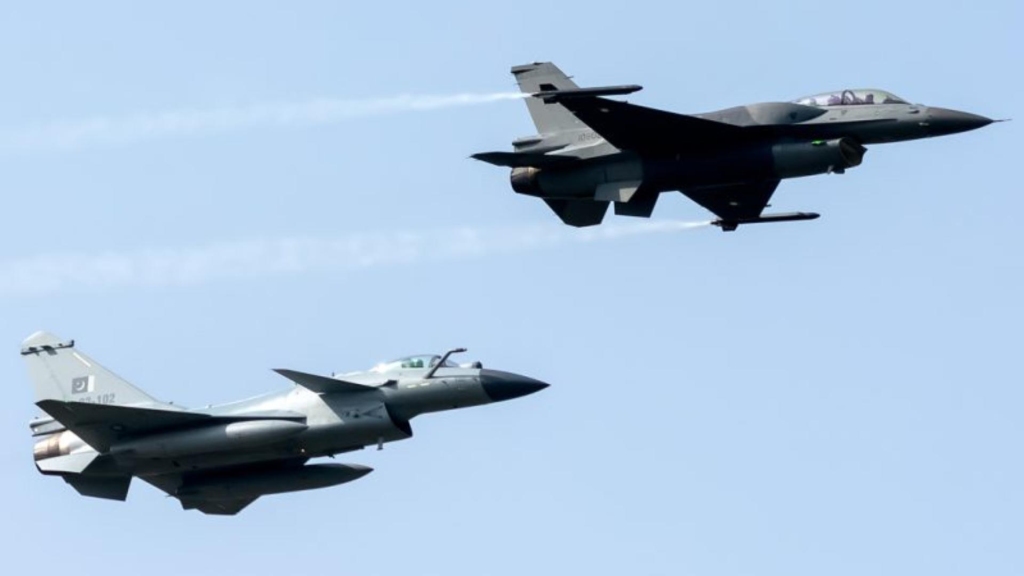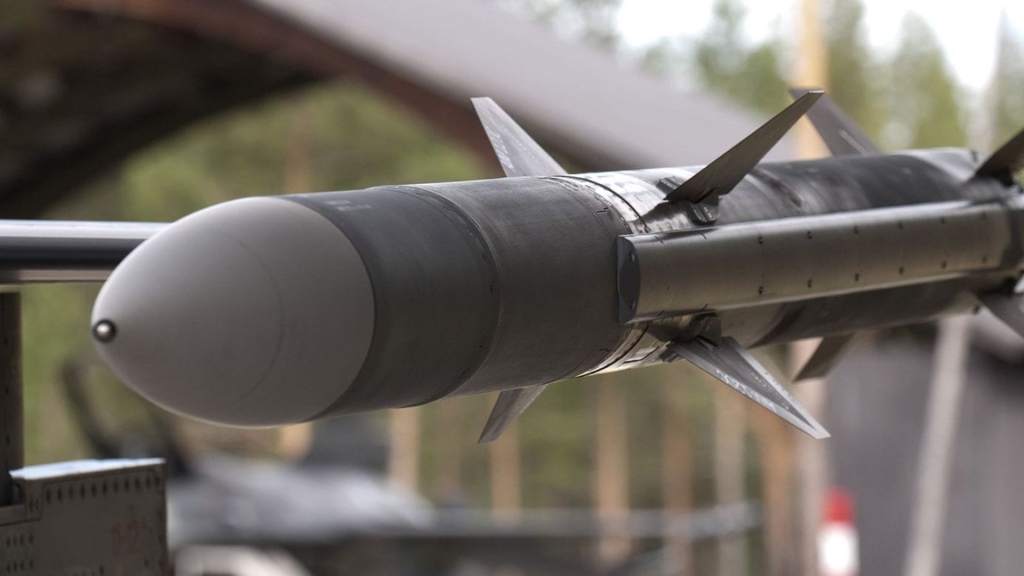6150Views

GIDS Burq-25G/-45P/-50P Air-to-Ground Missile
Burq AGM Design Background
Pakistan originally revealed the Burq family as a stand-alone AGM in 2015, when it was shown as the primary weapon of the NESCOM Burraq, the country’s first armed drone. However, the missile family has undergone further development since its introduction, now spanning several models.
Burq-45P
The Burq-45P is the first operational variant of the Burq family. Its total weight of 45 kg and warhead capacity of 10 kg make it comparable with many anti-tank guided missiles (ATGM), including the American AGM-114 Hellfire and Turkish UMTAS, among others.
The Burq-45P is likely the closest derivative of the original Burq AGM revealed in 2015, but with several improvements. GIDS states that the Burq-45P has a range of up to 12 km and accuracy of within 1.5 m CEP (circular error probable).
GIDS states that the Burq-45P uses a semi-active laser-homing (SALH) seeker for guidance, which will require a platform to paint the target with a laser designator. However, the Burq-45P is also capable of lock-on-before-launch (LOBL) and lock-on-after-launch (LOAL).
The latter feature would suggest that the launching platform (e.g., drone) need not be the only guidance platform. Another aircraft or surface vehicle could ‘lase’ the target for the Burq-45P to engage separately from the launch platform.
Burq-50P
Currently under qualification testing, the BURQ-50P is a heavier variant designed for extended range and greater lethality. It weighs approximately 50 kg and features a 20 kg warhead that offers multiple configurations: blast fragmentation, anti-armour, or thermobaric payloads.
The AGM offers a range of up to 15 km and uses an advanced guidance system that combines a satellite-aided INS/GPS with configurable SALH seekers. With this guidance suite, the Burq-50P can autonomously engage fixed targets, and semi-autonomously (via SALH) deal with moving targets, such as tanks. The Burq-50P will be capable of LOBL and LOAL.
Burq-25G
Currently under development, the Burq-25G will be the lightest member of the Burq family. With a total weight of 25 kg, the Burq-25G is being optimized for use from lightweight UAVs. Its 8 kg blast fragmentation warhead is primarily designed for neutralizing soft targets, like radar installations or missile launchers. With a range of 14 km, the Burq-25G will use SALH for guidance.
GIDS Burq Specifications
Burq-45P
- Weight: 45 kg
- Warhead: 10 kg
- Blast Fragmentation
- Thermobaric
- Guidance: Semi-Active Laser-Homing (SALH)
- Range: 2.5 km to 12 km
- Accuracy: <1.5 m
- Features: LOBL/LOAL
Burq-50P
- Weight: 50 kg
- Warhead: 20 kg
- Blast Fragmentation
- Thermobaric
- Anti-Armour
- Guidance:
- INS/GPS
- INS/GPS + SALH
- Range: 2.5 km to 15 km
- Accuracy: TBC
Burq-25G
- Weight: 25 kg
- Warhead: 8 kg
- Blast Fragmentation
- Range: 2.5 to 14 km
- Accuracy: TBC
- Features: LOAL/LOBL
Key Capabilities of the Burq-Series AGMs
Overall, the Burq-series represents Pakistan’s push to acquire its own short-range guided AGMs. In fact, the weight and warhead specifications of the Burq-45P and Burq-50P reflect an AGM that is similar in concept to ATGMs, like the Hellfire-II and many others. This design approach may be an indication of Pakistan adopting the Burq-series for use from other platforms, such as an attack helicopter, surface vehicle, or small fast-attack craft (FAC) at sea.
Interestingly, GIDS has yet to reveal a variant of the Burq with an imaging infrared (IIR) seeker. It would be a peculiar omission considering how Pakistan is trying to widely use its indigenous IIR in as many applications as possible, from the 1,100+ kg Taimoor air-launched cruise missile (ALCM) to the under-200 kg AZB-81LR. There is a reasonable chance an IIR-equipped variant of the Burq will be revealed in the near future, thereby creating a full fire-and-forget ATGM option.
News Updates, Comments, and Analysis
October 15, 2025
October 6, 2025
September 21, 2025
September 17, 2025







